In this article, I’m going to share 3 common mistakes that youth hockey players make with their off-season training (so you can avoid them and have a much more productive off-season)!
This article was directed at hockey parents but will be a helpful read for hockey players as well.
Summer is a great time of the year, especially for youth hockey players who want to maximize their performance capability and come into the next season a completely different player.
The activities you partake in within the off-season are what build your hockey performance, then when the in-season comes around, you can express your new ability.
Off-Season = Building all hockey specific performance measures.
In-Season = Expressing all hockey specific performance measures.
If you waste your off-season by not training or doing a poorly designed hockey training program, then you will not build any new performance outputs and thus have nothing new to express next season.
This is a mistake so many players find themselves in and lead to them being the same player this year as they were last year.
Don’t let this be your youth athlete!
The off-season is utilized to build hockey-specific physical attributes as well as the mindset maturation that’s required to reach your maximum potential in this sport.
I especially love working with youth hockey players in the off-season because we have so many months to completely transform them.
The biggest problem, though, is that so many young hockey players waste this time with “traps” that many players fall into during the off-season.
I want to help you avoid these time-wasting traps so that your kid can blow by everybody else next hockey season with a proper hockey off-season plan.
Let’s get into them and talk about how you can avoid them…
Trap #1: Disrespecting GPP
When a hockey player is young, it is crucially important that they diversify their movement patterns early and often.
This means performing other movements beyond just hockey to further their mobility, strength, agility, structural balance, and overall movement fluidity.
Hockey players are very prone to early sport specialization because their parents think that only doing hockey movements year-round is the fastest road to success.
It’s not.
This is why General Physical Preparedness (GPP) and Specific Physical Preparedness (SPP) are their own completely different concepts in sports periodization textbooks.
You can think of GPP like building the fitness characteristic qualities that would benefit all athletes regardless of sport. Things like strength, mobility, stability, a base level of conditioning, and structural balance.
Whereas SPP represents the movements that are more specific to the exact performance outputs you would be exposed to in an on-ice game setting.
You need GPP because it represents the foundation at which your peak performance is built upon.
Picture your kids hockey potential as a pyramid.
The stronger/larger the foundation, the higher the peak can be built.
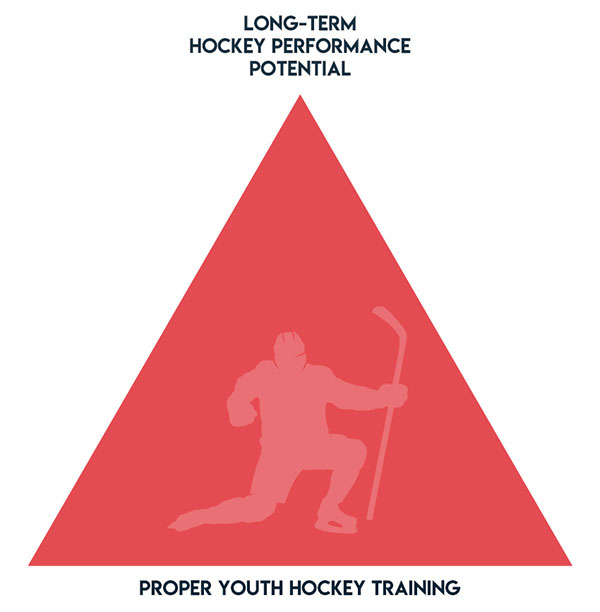
GPP is your foundation.
A scientific review published some time ago demonstrated this by looking at all sports and asked when was the appropriate time to start early intensive training.
Only one sport, gymnastics, showed a correlation between early training (before the age of 12) and success at the elite level. Every other sport was beyond the age of 12.
You must first master and balance movement mechanics before moving on to hockey-specific skill work, particularly since specializing in one sport year-round creates massive body imbalances and puts you at a high-degree for psychological burnout and overuse injuries.
A proper off-season hockey training program will help cross-train the body back into a balanced state to create the widest foundation capable of producing the highest performance peaks.
Put simply, GPP allows you to focus on overall athleticism (typically within the first 2-3 phases of the off-season) to create a much better peak result once you enter your SPP phases which are usually phases 4-6 in the off-season.
If you specialize too early, you are dooming your off-season before you even start it.
Trap #2: Hockey Performance Is About Quality, Not Quantity.
A lot of parents and coaches fall into the trap of sacrificing the quality of motion for the quantity of motion.
Let me tell you something, “doing more” doesn’t mean you will become a better hockey player.
First and foremost, valuing quantity over quality will set your body up for injury and lead to developing improper movement habits.
Second, “exercising” doesn’t mean that you’re training.
“Exercising” is doing what you want to do.
Training is doing what you need to do.
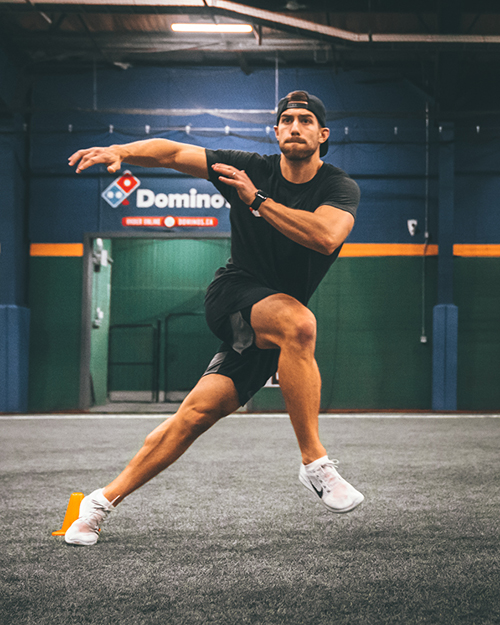
Exercising is doing random workouts for random goals with no objective approach to periodization, phase structure, phase goal order, or having any understanding of true transitionary periods between GPP and SPP.
Real youth-specific hockey training is a program designed to help you achieve your goals and improve your performance on the ice.
Always remember, the hardest worker in the room doesn’t always get the best results….
It’s the worker who is able to allocate his/her efforts into the most intelligent areas for hockey specific performance results who is going to make the most improvements.
No matter how hard you train on a bad program, you’re going to get bad results.
Don’t fall into the trap of thinking that it’s the “doing” that matters, instead, you need to start respecting the complexity behind real sports science training and understand that how you perform the “doing” is what matters most.
Trap #3: Not Making It Fun
You have to remember, the reason your kid is in hockey to begin with is because it is a really fun sport to play.
One of the biggest mistakes parents and coaches can make is to take the fun out of hockey — trust me, I’ve been on the wrong end of that exchange when growing up and it’s not something you want any athlete to go through.
Hockey is fun, and the dryland training should be too.
Many youth hockey players love the basic “workout” style programming that drives optimal results, but, somedays they get bored with it and don’t want to do it.
This is totally fine because one of the best ways to train youth athletes is to keep things fun and introduce games into their programming.
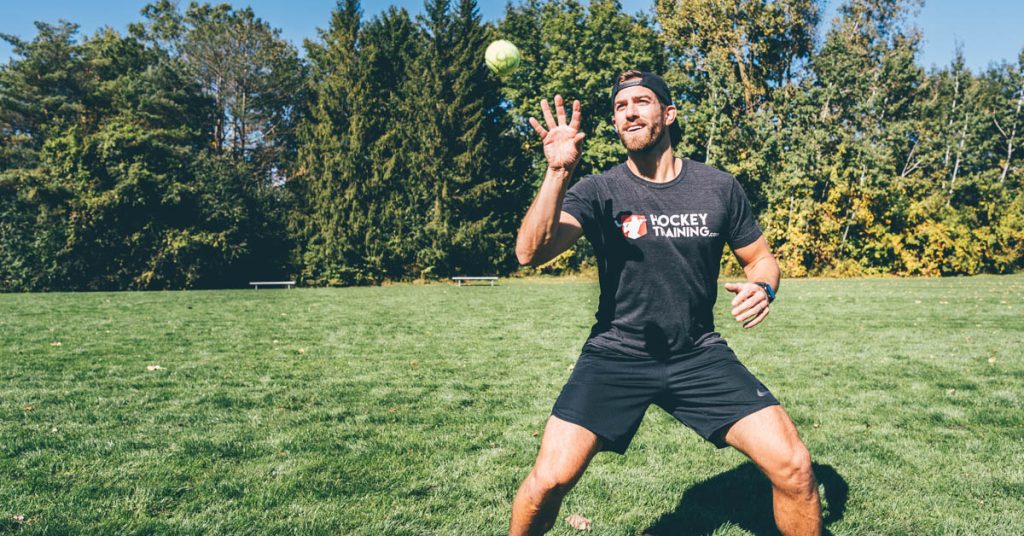
Your kid doesn’t need to be doing NHL combine tests as their program.
Although these drills test an athlete’s quickness, agility and ability to change direction… so does dodgeball!
Can you guess what option is more fun for an 8-year-old?
Implementing games into your program will serve two major purposes:
1 – Your kid will have way more fun. This is so important. If you want to build a lifelong passion for health and hockey performance, make it fun everyone involved in your program.
2- Games such as dodgeball or tag help develop coordination, agility, quickness and reaction time. Having a game of dodgeball is a great warm-up or reward at the end of a training session.
I personally use over 20 different games that I have created to act as a super fun way to still drive the necessary GPP and SPP components of advanced hockey training program design.
You can use games as a “back up tool” for whenever your kid doesn’t want to do standard training protocols, or, you can build games right into your training session.
Here’s an easy example of how you could set it up:
- 5-minute warm-up
- 20-minutes of dryland youth hockey training
- 20-minutes of games
- 5-minute cool-down
The best part?
All of the above can be done with zero equipment.
This makes is very efficient/convenient for the hockey coach/parent who is conducting the workout, yet at the same time, has youth hockey players motivated all off-season long to stay active in a way that is going to guarantee performance enhancement out on the ice.
If your kid doesn’t need games to stay motivated, that’s fine — they aren’t mandatory.
But, I know most parents/coaches have trouble keeping their kid engaged throughout the entire off-season and I know for a fact that introducing fun concepts can be a complete game-changer for them.
The Solution
The above information can be utilized to help you navigate the landmines most people step on and have the most productive off-season you have ever had for your youth hockey player.
But, if you want a complete “done for you” solution, the all-new Youth Off-Season 2020 hockey training system was designed to take all of the guesswork out of it for you so you can rest assured that your kid is doing everything in both the safest and most effective way.
This complete bodyweight-only training system includes six phases of an elite off-season youth hockey training program that you can perform at home and anytime you want.
Beyond this, it also includes over 20 different fun game templates that you can use that are specific to hockey strength, speed, agility, and conditioning development.
Real progress comes from real hockey specific training and this type of programming only comes from a hockey performance specialist.
You can’t find hockey-specific results in a non-hockey-specific program, and this is something rarely talked about in the hockey world.
Most youth hockey players just “stay active” in the off-season, and although this isn’t a bad thing at all, after going through this article you can start to see how general “staying active” really is.
Instead, I recommend coaches and parents incorporate activities that are still very fun and engaging for the youth population but have a stronger foundation of sports science behind them to translate into real hockey performance.
The days of guessing and hoping your kid will become a better hockey player are over – get instant access to the Youth Off-Season 2020 program here so your kid can leave fans, coaches and scouts jaws on the floor with how much progress they have made in a single off-season.
Final Thoughts
I hope this article was able to help you navigate this year’s off-season more productively and that you learned something new that will impact the trajectory of your youth hockey player’s potential.
We love this sport and we only want what’s best for our kids, but, not at the expense of them having some fun along the way.
The marriage between fun and real hockey training program design is what allows young kids to have an insanely productive off-season and improve all of the physical qualities necessary to dominating out on the ice.
If you want instant access to the most advanced (and fun!) youth hockey training program ever created, click here and let’s go!
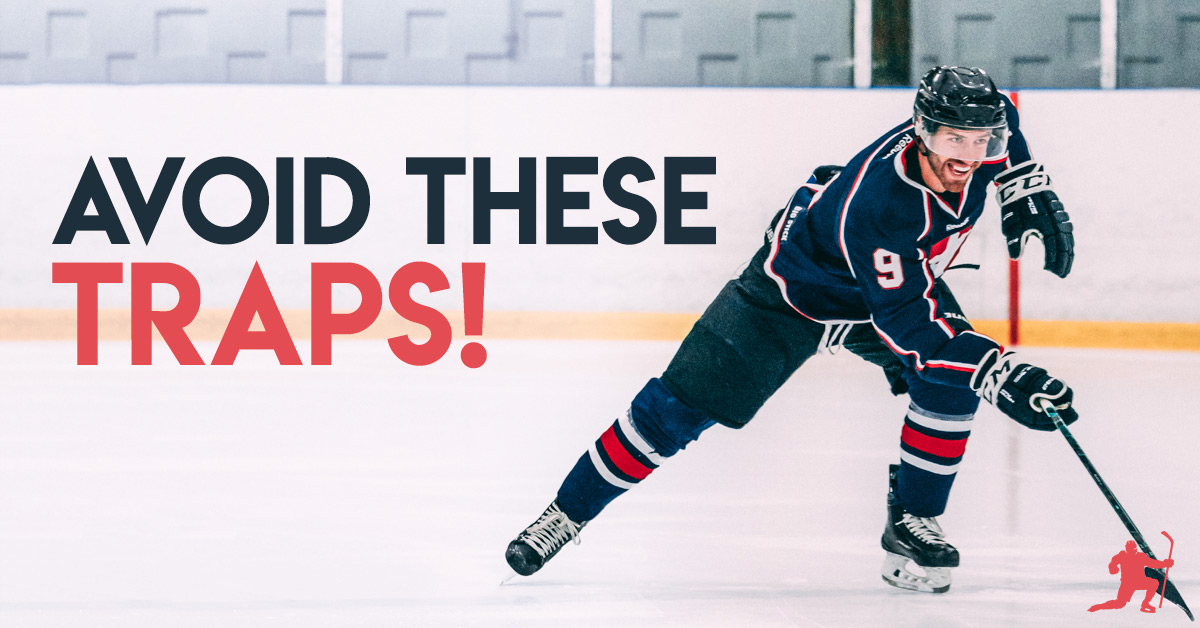
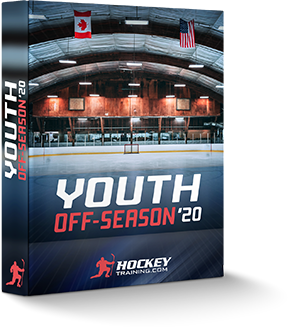
My son plays AAA Major Midget hockey for the Calgary Buffaloes
He is 16, turning 17 April 27…
We have free weights (dumbbells only) a bench, boxes (for jumps and step ups), agility ladder, medicine ball, exercise ball…
What program of yours would he best be doing?
Thx
Hey there,
Since your son is a competitive player at a high-level and has all the equipment needed to complete the most advanced off-season program I have created here at Hockey Training, I would definitely recommend he get on the Off-Season Domination 2020 program and utilize the new “home gym” addition that uses dumbells only that you’ll find in the members area: https://www.hockeytraining.com/osd20-program